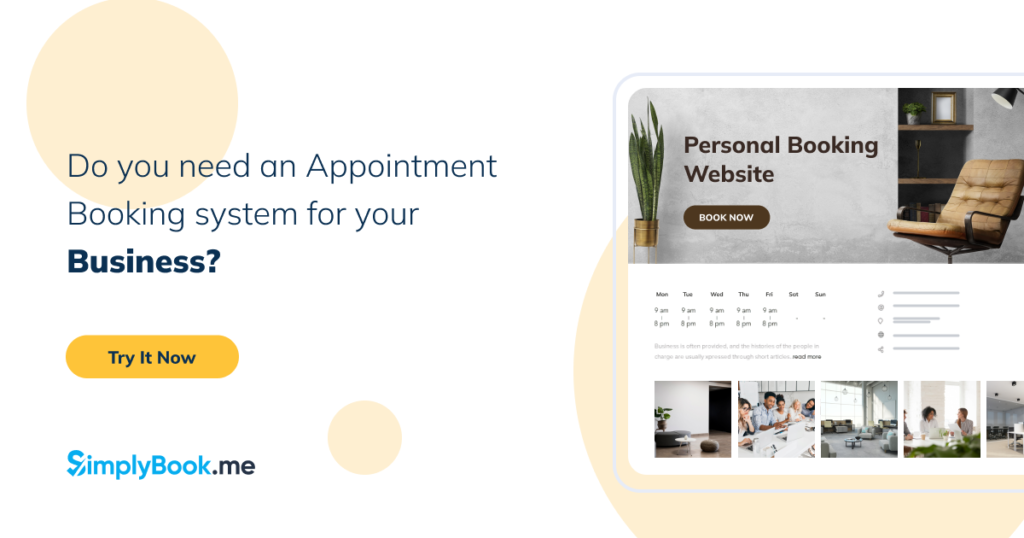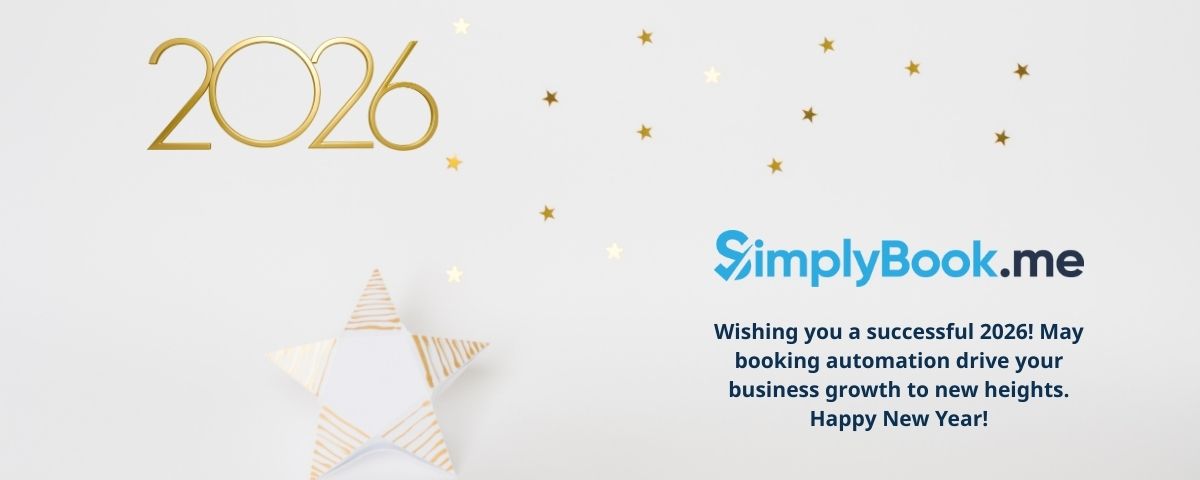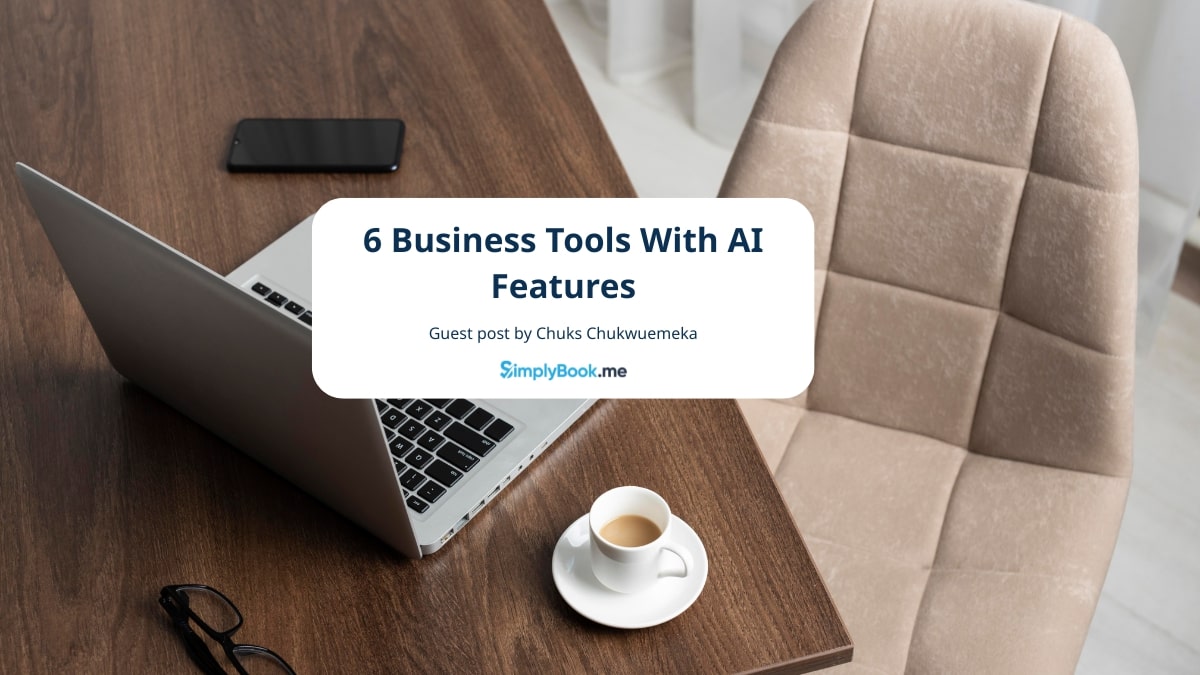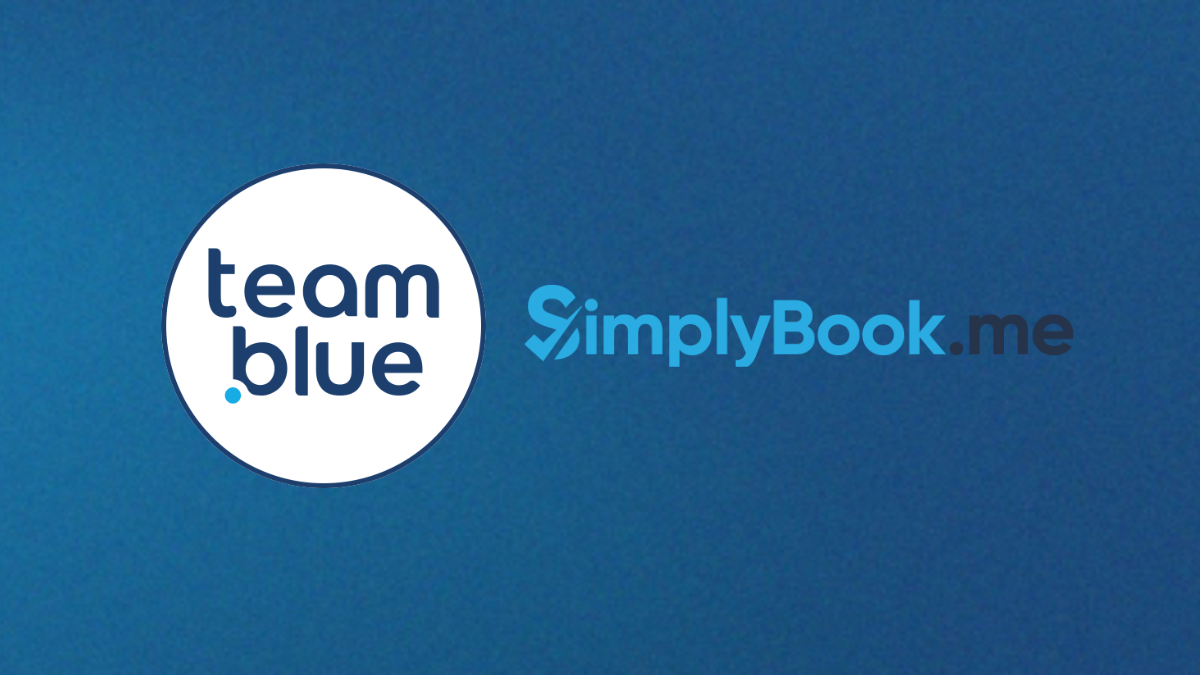Boosting Appointment Bookings with Effective Cold Email Strategies

This post is also available in:
![]()
![]()
![]()
![]()
Cold emailing can be a powerful tool for driving appointment bookings, but getting it right requires more than just hitting send. In a world where inboxes are overflowing, your emails need to stand out, capture attention, and prompt action.
This article will walk you through effective strategies, from crafting the perfect subject line to advanced techniques like using psychological triggers, all aimed at boosting your appointment rates. Whether you’re new to cold emailing or looking to refine your approach, you’ll find actionable insights to help you master this essential marketing skill.
Foundations of a High-Converting Cold Email
Crafting a high-converting cold email begins with understanding the foundations that drive success. Without these key elements, your emails are likely to be ignored or, worse, sent straight to the spam folder. Let’s break down the core components you need to focus on.
Research and Targeting
The first step in creating a successful cold email campaign is deep research on your target audience. It’s not enough to have a broad idea of your customer’s journey; you need to know them inside out. What are their pain points? What challenges are they currently facing? The more you understand these aspects, the better you can tailor your message to address their specific needs.
Identifying your ideal prospects involves analyzing sales data, behavior patterns, and even social media activity. By doing this, you ensure that your emails are landing in the inboxes of individuals who are most likely to convert.
Crafting a Compelling Subject Line
Your subject line is the first thing your prospect sees, and it determines whether they will open your email or not. It’s your hook, your first impression, so it needs to be both attention-grabbing and relevant.
Techniques like using curiosity, posing a question, or highlighting a benefit can work wonders. However, not every subject line will resonate with every audience. This is where A/B testing comes into play. By experimenting with different subject lines, you can identify which ones yield the best open rates and continuously optimize your approach.
Personalization Techniques
In today’s crowded inboxes, personalization is key to standing out. But personalization goes beyond simply adding the recipient’s name to the email. It involves tailoring the content to their specific needs, interests, and behaviors. This could mean referencing a recent action they took, mentioning a mutual connection, or offering a solution to a problem they’ve expressed online. Tools like cloud based CRM and email automation platforms can help you scale personalization without losing the human touch, ensuring each recipient feels that the email was crafted specifically for them.
Value Proposition and Offer
Finally, your cold email needs a strong value proposition that resonates with the recipient. Why should they care about what you’re offering? What’s in it for them? Your value proposition should clearly articulate the unique benefits they’ll receive from taking the next step, whether it’s scheduling a call, signing up for a webinar, or downloading a resource. Alongside this, structure your offer in a way that maximizes interest and response rates—perhaps through limited-time offers, exclusive content, or a free trial. The more compelling and tailored your offer, the more likely your prospect is to take action.
By focusing on these foundational elements, you set the stage for cold emails that don’t just get opened but also drive real results.
Advanced Cold Email Strategies to Boost Appointment Bookings
Once you’ve mastered the basics of cold emailing, it’s time to elevate your strategy with advanced techniques that not only capture attention but also drive action. Let’s explore some powerful methods that can significantly increase your appointment bookings.
The Art of Storytelling in Cold Emails
Storytelling isn’t just for novels and movies; it’s a powerful tool in cold emailing as well. When you weave a story into your email, you create a connection with the recipient that’s far more engaging than a standard sales pitch. A well-told story can illustrate how your service or product has transformed a client’s business, making it relatable and memorable. This narrative approach helps your prospects visualize the benefits they could enjoy, making your offer more compelling. For instance, you might share a short anecdote about how a client overcame a significant challenge using your solution, setting the stage for a call to action that feels natural and inviting.
Leveraging Social Proof and Case Studies
Trust is a key component in convincing someone to book an appointment, and social proof is one of the most effective ways to build it. Incorporating testimonials, case studies, and success stories into your cold emails can provide the validation prospects need to take the next step. When potential clients see that others in similar situations have benefited from your service, they’re more likely to feel confident in giving you a chance. A brief mention of a well-known client or a snippet of a case study that highlights significant results can make a world of difference in how your email is received.
Psychological Triggers: Scarcity, Urgency, and FOMO
Human psychology plays a significant role in decision-making, and leveraging psychological triggers in your cold emails can drastically increase their effectiveness. Scarcity, urgency, and the fear of missing out (FOMO) are particularly powerful. For example, you might emphasize that your offer is only available for a limited time or that there are only a few spots left for a consultation. These triggers create a sense of urgency that compels recipients to act quickly, increasing the likelihood that they will book an appointment.
Segmentation and Hyper-Personalization
Gone are the days when one-size-fits-all emails could yield significant results. Today, advanced segmentation and hyper-personalization are crucial for standing out in crowded inboxes. By segmenting your audience based on specific criteria—such as industry, company size, or previous interactions—you can tailor your messaging to address the unique needs of each group. But don’t stop there. Hyper-personalization takes this a step further by using dynamic content that adapts to the reader’s behavior and preferences. This could mean altering the email content based on the recipient’s recent activity on your website or referencing a specific product they’ve shown interest in. These techniques ensure that your emails resonate on a deeper level, making the recipient more likely to engage and book that appointment.
Best Practices for Cold Email Campaigns
When it comes to cold email campaigns, following best practices is crucial to ensure your emails don’t just get opened but also drive the desired action—like booking an appointment. Let’s explore some key strategies that can significantly enhance your cold email efforts.
Timing and Frequency
Timing is everything in cold emailing. Sending your emails at the right time can dramatically improve open rates and responses. Research suggests that the best days to send cold emails are Tuesday, Wednesday, and Thursday, with mid-morning or mid-afternoon being optimal times. These are the periods when people are most likely to check their emails without the rush of Monday’s catch-up or the wind-down towards the weekend.
However, it’s not just about when you send your emails but also how often. While follow-ups are essential, there’s a fine line between persistence and annoyance. A good rule of thumb is to send a follow-up email three to five days after the initial email and then space subsequent follow-ups a week apart. This email cadence keeps you on your prospect’s radar without overwhelming them.
Follow-Up Strategies
Follow-ups are where many cold email campaigns either succeed or fail. A well-crafted follow-up can reignite interest or remind the prospect of the value you’re offering. When writing follow-ups, avoid simply resending the same message. Instead, try to add new value each time. This could be additional insights, a relevant case study, or a new offer.
The timing of your follow-ups is also critical. For instance, if your initial email went out on a Tuesday, consider sending your first follow-up on Friday or the following Monday to catch your prospect at a different time in their workflow. The content should be concise and focused, gently nudging the recipient toward the desired action—booking an appointment.
Tools and Automation
Managing cold email campaigns manually can be time-consuming, especially when you’re dealing with a large list of prospects. This is where automation tools like Quickmail, Reply.io, and Yesware come into play. These cold email tools allow you to automate the sending of emails and follow-ups while tracking open rates, clicks, and responses.
However, automation shouldn’t come at the cost of personalization. It’s essential to strike a balance where your emails still feel personal, even if they’re part of an automated cold email sequence. Many of these tools offer dynamic content features, allowing you to insert personalized details—like the recipient’s name, company, or specific pain points—into each email. This way, you maintain the human touch while leveraging the efficiency of automation.
Wrapping Up
To wrap things up, boosting appointment bookings through cold emails boils down to a few key strategies: thorough research, crafting compelling subject lines, personalizing content, and offering a strong value proposition. Don’t forget the power of psychological triggers like scarcity and urgency—they can make all the difference. Timing and follow-up strategies are crucial, as is leveraging the right tools to automate without losing the personal touch.
Ready to implement? Start by researching your audience, crafting personalized emails, and optimizing timing and follow-up. Use automation tools wisely, but always keep the human element front and center.
Remember, cold emailing is an ongoing process. Keep testing, learning, and refining your approach to stay ahead of the game. With persistence and smart strategies, you’ll see those appointment bookings soar.

FAQs
Before we wrap up, let’s address some common questions that can help fine-tune your cold email strategy. Here are quick answers to FAQs that often come up when optimizing for better appointment bookings.
What is the best time to send a cold email?
The best time to send a cold email is typically mid-morning or mid-afternoon on Tuesday, Wednesday, or Thursday. These are the times when recipients are most likely to check their emails without the Monday rush or the wind-down toward the weekend.
How many follow-up emails should I send?
You should send between three to five follow-up emails, spaced a few days to a week apart. The key is to be persistent but not pushy, keeping your follow-ups valuable and relevant to maintain interest without overwhelming the recipient.
What should I include in a cold email to increase response rates?
To increase response rates, include a compelling subject line, personalized content, a clear value proposition, and social proof like testimonials or case studies. Additionally, use psychological triggers such as urgency and scarcity to encourage quick action.



Comments
0 commentsNo comments yet